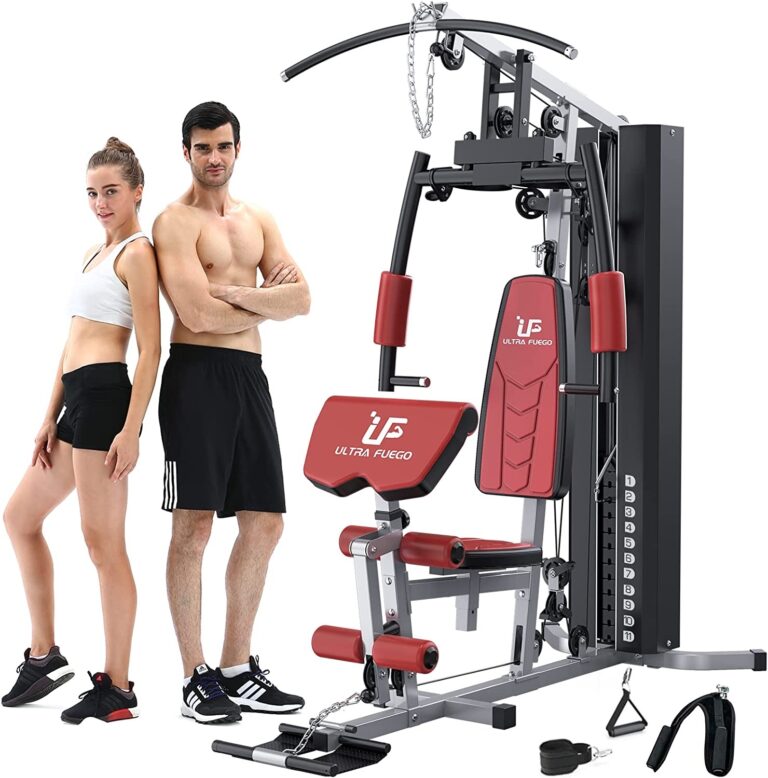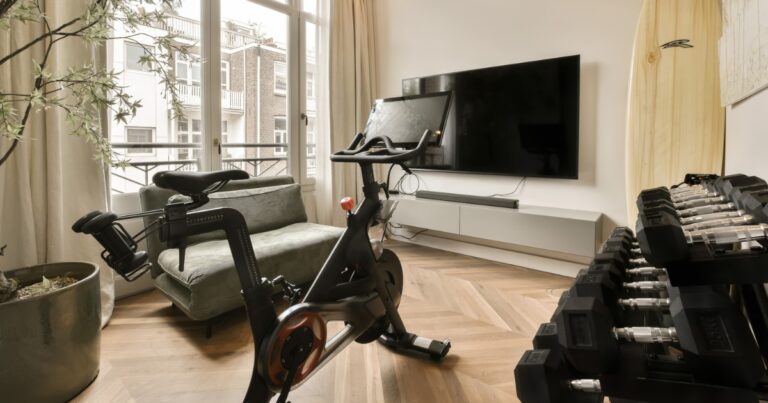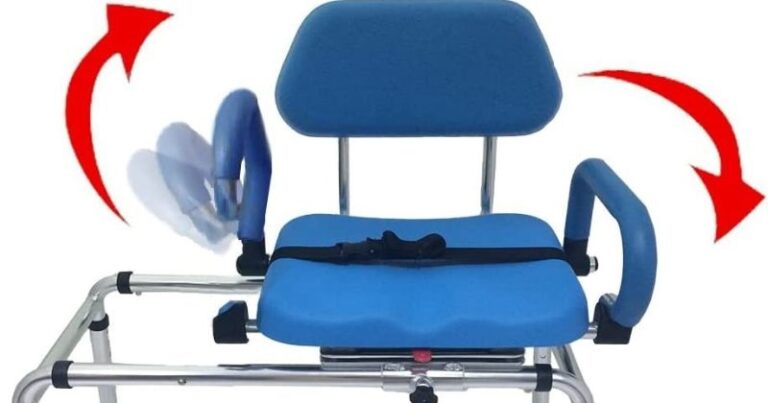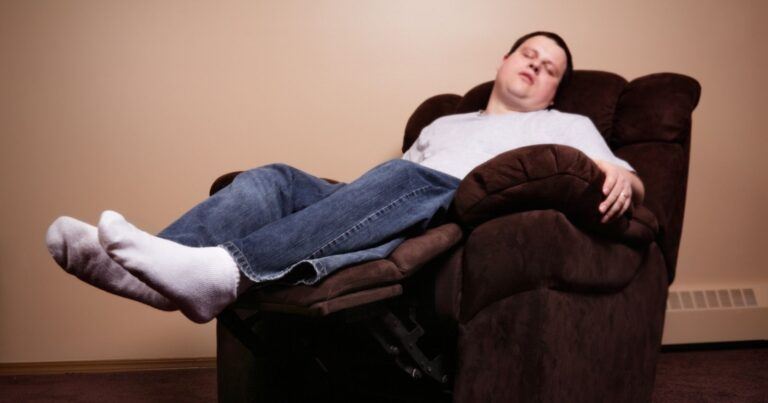Dangers of sleeping in a recliner are things that you should be aware of. Sleep patterns change with each passing day. “Age UK” features that sleep will in general, turn out to be less deep and people wake up more often during the night. Such changes are a customary part of aging. In any case, once in a while it can turn out to be exceptionally difficult to stay in bed. Maybe it is hard to arrive at the bed for a while, because of medical procedure or injury. Or perhaps, for different health reasons, resting in a flat position is to be avoided. What are the dangers of sleeping in a recliner?
Leaning back seats are so comfortable that they are easy to fall asleep in. Obviously, it’s fine to rest in a reclining seat… but what if you would like – or need – to rest for longer. Would it create issues? Here are in this article you will get to know about some of the dangers of sleeping in a recliner chair.
Dangers of Taking a Nap in a Recliner Chair
While chairs are extraordinary for a short nap, they may not be good for broadened use for overnight sleeping for a couple of key reasons. You ought to recollect that the sleeping system rests our cerebrum, bones, and muscles, or above all it rests and de-pressurizes our vertebral section, which is basically unrested over the course of the day as we are frequently in a standing or sitting position.
While sleeping on a recliner seat that is not flat as bed, you are not as fully resting your spine as you would do on a flat bed with proper cushioning. This will normally cause back pain related issues in people which can affect your health to a great extent and your body is unable to function well.
Drawbacks of Sleeping in a Recliner Chair
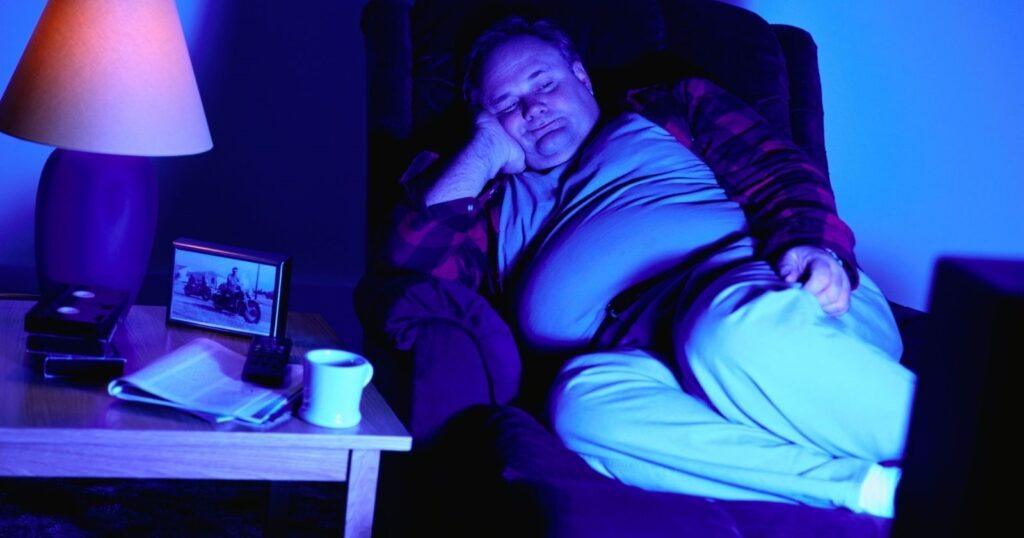
1) Provides less space to move
This is the one disadvantage of the chair which can prompt a couple of different issues. A recliner chair takes into account just a solitary place of sleeping, which is lying straight on your back. The body normally moves and turns during rest to produce more agreeable positions and you cannot do so on a chair.
An average adult moves to various situations somewhere around 15 to 20 times during an entire night’s rest. You will feel constricted on a chair, and you could awaken with an irritated neck or touchiness in your limbs from expanded rest in a uniform dozing position.
Stomach sleepers specifically will feel more comfortable. Likewise, since chairs have armrests, bigger people will experience more difficulty resting comfortably on a recliner chair.
2) Increase Risk of Blood Clots
The experience of leaning back on your seat may, somewhat, be contrasted with sitting on a airplane for quite a while. Both these activities include lying in a twisted, fixed position, and can prompt blood clumps or a condition called deep vein thrombosis. According to research, if your age is more than 60 years, you are at more serious danger of developing deep vein thrombosis. Warning indications of this condition include leg cramps, swelling in legs, and redness and agony that can’t be explained by a physical issue.
3) Causes Poor Blood Circulation
Incapability to move and change the body during sleep reduces blood stream to the furthest points of your body. Throughout a significant stretch of time, diminished blood stream can prompt restricting of the blood capillary system and sub-optimal blood course. In the event that this happens to you, not only could poorer blood dissemination be able to intensify potential health conditions you might have, you will likewise wake up from your sleep feeling unrested and stiff.
4) Joint Contractures
Absence of movement during rest might result in fixing of the joints, particularly at the hips, knees, lower legs, and elbows, bringing about decreased portability around these joints. This is known as joint contracture, and it is a result of changes in bone and ligament construction or muscle and ligament structure.
Joint contracture can prompt circumstances where there is huge contrast between what your mind thinks your body can truly perform and what you really can perform. This is a likely formula for injury. Joint contractures are exceptionally continuous among grown-ups.
5) Pressure Sores
While resting on a flat bed will in general consistently circulate your weight all through your body, resting on a recliner chair places more weight on your back, shoulders, and buttocks. On the off chance that your skin is delicate at these marks of pressure, or if you are obese or overweight, you might foster pressure sores and agony in these areas from persistent long use of the recliner.
6) Lack of Unpredictable Behavior and Non-REM Sleep

A leaning back seat or chair couch may only allow shallow rest. Non-REM rest or non-quick eye development rest is the deep rest that invigorates us for the following day’s exercises. During this period of rest, our heartrate and pulse decreases and muscles relax. Unfortunately, because of absence of room and portability, the non-REM phase of rest is tricky on a recliner chair seat.
Thus, you will wind up with a lighter sleep, fewer hours of rest, and a higher probability to awaken with a sensation of being not completely refreshed. Besides, absence of non-REM rest can possibly cause irritable and unpredictable behavior during the day, influencing your every day schedules.
Read Next: The Best Recliners for Sleeping
Important Things to Check While Buying a Recliner Chair
While we are at home relaxing, watching your cherished TV series or reading a book, it’s great to have a decent recliner chair seat to rely on for solace and unwinding. As chair seats can lean back, they can be unbelievably comfortable and permit us to completely rest our backs, while a traditional office seat or couch expects us to sit up right, keeping our spine compressed.
On account of their extraordinary solace and capacity to lean back in reverse, chair seats are particularly well known with the elderly. When searching for a decent quality recliner chair seat, consider key elements like the proper cushioning, seat’s ergonomics, strength, and usefulness.
Proper Cushioning
Back padding ought to be delicate enough for comfort yet firm enough to support your leaned back body weight. This likewise applies to the seat padding for the situated position. Great firm padding incorporates satisfactory lumbar help so your lower spine supported well. Padding that is too delicate can cause back issues over long term use.
Ergonomic Design of the Chair
Search for a reclining seat that is ergonomically designed and properly supports your head, neck, back, and legs in the most comfortable positions for your body.
Functional features of the Chair
Consider some of the functional features offered by a recliner seat that can make your resting experience more comfortable and relaxing. Such features include a strong headrest and armrests, a texture lining material, a comfortable leather, tray, or cup holders.
This is Important: Kids Sleeping in Recliners: Is It Safe for a Kid to Sleep in a Recliner?
Sturdiness
Make sure the reclining chair which you are planning to purchase for your office or home use is durable and sturdy and locks tightly in each of the reclining angles without any difficulty. Keep this noted that abrupt loosening of recliner lock and dipping a few notches can direct towards lower back injury for an aged person.
In Conclusion
Assuming you are resting on the chair for extensive stretches of time, the manner in which it will influence you relies a lot on how dynamic you are in your way of life and any current conditions or illnesses you might have. Reliably resting on the chair for a significant period is generally detrimental for the older and individuals with incapacities, who tend to be managing more medical issue and whose ways of life are set apart by less physical activity.



